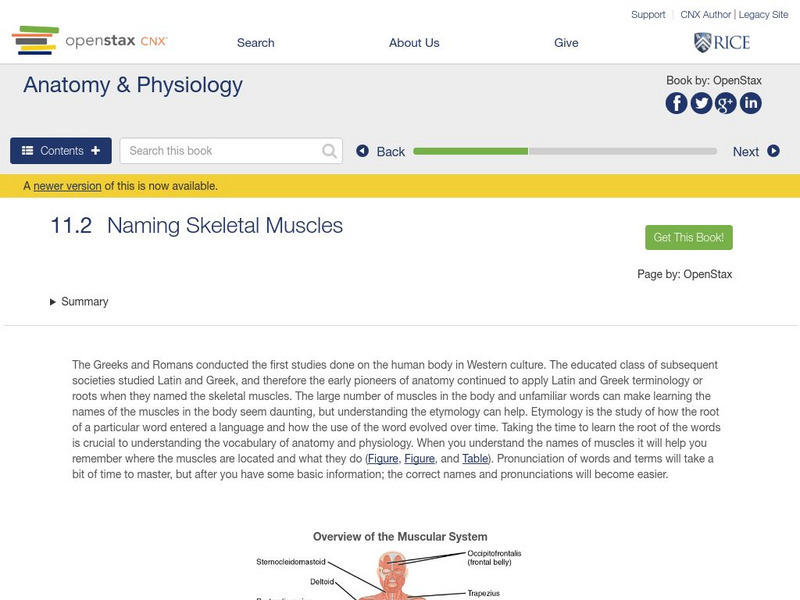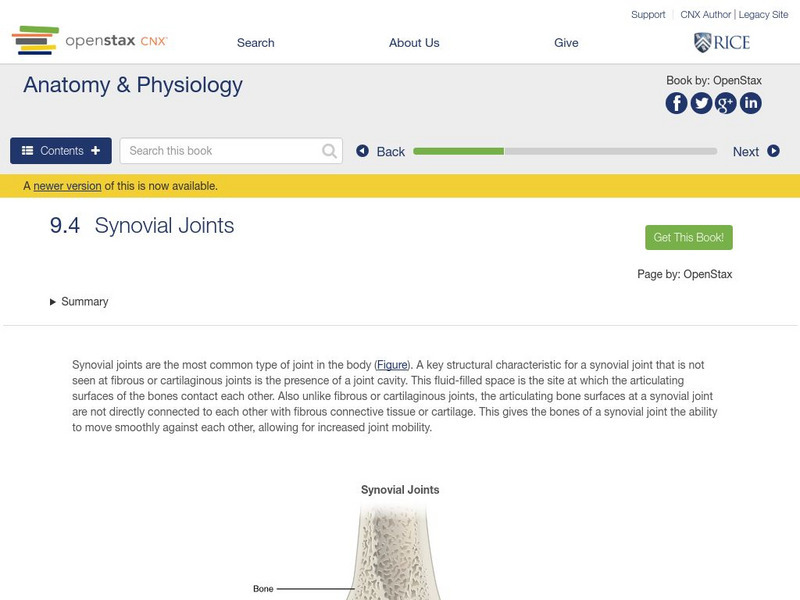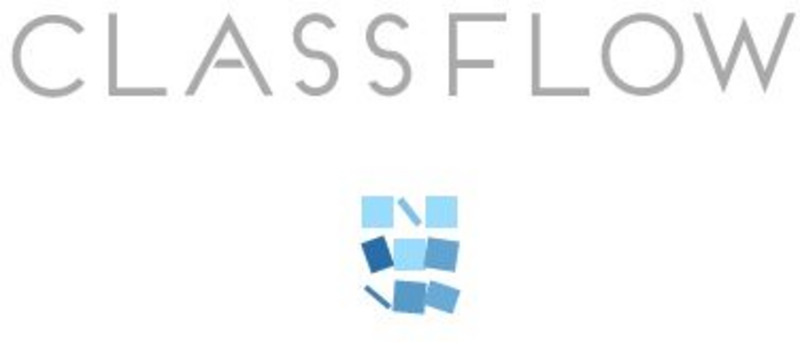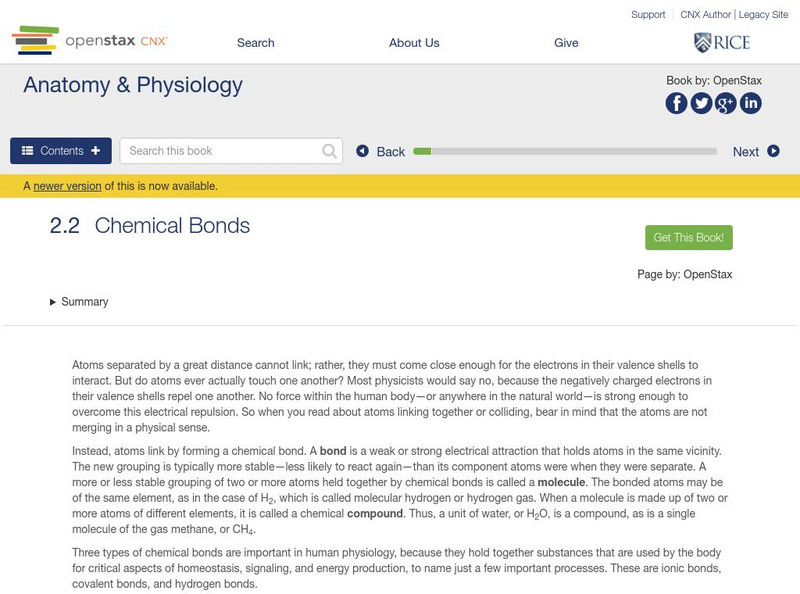Hi, what do you want to do?
OpenStax
Open Stax: Requirements for Human Life
Earth and its atmosphere have provided us with air to breathe, water to drink, and food to eat, but these are not the only requirements for survival. Although you may rarely think about it, you also cannot live outside of a certain range...
PBS
Pbs Learning Media: Amazing Heart Facts
This feature from the NOVA: "Cut to the Heart" highlights facts about the heart, including its size and placement, and will help you to understand the importance of this wondrous organ in our bodies.
ClassFlow
Class Flow: Appendicular Skeleton
[Free Registration/Login Required] In this Flipchart, students use visual cues and the eraser feature to identify the major bones of the appendicular skeleton. Students will use the visual cues to explain the functions of the skeletal...
Able Media
The Asclepion: Medicine in Ancient Egypt
Technical but fascinating Classics Technology Center site gives evidence from papyri, art, and burial remains about the medical abilities and advancements of ancient Egypt. Includes reports of polio and tuberculosis.
University of Manitoba
Chordate Dissection: Dissection of Muscular System in the Rat
A guide to the physiology of muscle and the dissection of the rat muscular system.
Other
The Dinosaur Museum
The Dinosaur Museum is located in Blanding, Utah. Use this site to learn all about the exhibits and dinosaur information.
US National Library of Medicine
Medline Plus: Spinal Cord Injuries
This Medline Plus site provides a table of contents for all information on the spinal cord and injuries of the spinal cord.
Other
Live Binders: Virtual Eye Dissection
Take a look at a diagram of the eye, know its anatomy, physiology, and virtually dissect it.
OpenStax
Open Stax: Pectoral Girdle
Learn here about the pectoral girdle, where the the bones that attach each upper limb to the axial skeleton form. This consists of two bones, the scapula and clavicle.
OpenStax
Open Stax: Naming Muscles
This site helps you understand where muscles get their names. When you understand the names of muscles it will help you remember where the muscles are located and what they do
OpenStax
Open Stax: Structural Organization of the Human Body
Try considering the structures of the body in terms of fundamental levels of organization that increase in complexity: subatomic particles, atoms, molecules, organelles, cells, tissues, organs, organ systems, organisms and biosphere....
OpenStax
Open Stax: Divisions of the Skeletal System
The following site helps us understand the divisions of the skeletal system. The skeletal system consists of all of the bones, cartilages, and ligaments of the body that support and give shape to the body and body structures.
OpenStax
Open Stax: The Skull
This interactive site provides all kinds of information regarding the human skull.
OpenStax
Open Stax: Bone Classification
This site helps you understand how the 206 bones that compose the adult skeleton are divided into five categories based on their shapes.
OpenStax
Open Stax: Cardiac Muscle Tissue
Learn here about cardiac muscle tissue - a tissue only found in the heart.
OpenStax
Open Stax: Synovial Joints
The following site provides information regarding synovial joints, the most common type of joint in the body.
DLTK
Kid Zone: Sharks
The KidZone shows amazing images of sharks and presents all kinds of facts and activities in a format for grade school children.
Other
Gardellini: Sports Medicine
Are you interested in Sports Medicine? The Sports Medicine site offers information on careers in this field, college programs, events, fitness/excercise, health/wellness, sports injury, and professional associations.
ClassFlow
Class Flow: Human Body Systems
[Free Registration/Login Required] This flipchart introduces students to some of the major organs of the human body. Visual aids provide focused information on the heart and circulatory system as well as the brain and the eye.
OpenStax
Open Stax: Homeostasis
This section of a textbook provides information regarding human homeostasis, a process that has the body continuously monitor its internal conditions. Includes a linked video.
OpenStax
Open Stax: Development of the Appendicular Skeleton
Learn here about the development of the appendicular skeleton - the appendicular skeleton arises from mesenchyme, a type of embryonic tissue that can differentiate into many types of tissues, including bone or muscle tissue.
OpenStax
Open Stax: Development of Joints
This site introduces you to the developmental process of joint formation.
OpenStax
Open Stax: Chemical Bonds
Learn here about chemical bonds, a weak or strong electrical attraction that holds atoms in the same vicinity.
OpenStax
Open Stax: Chemical Reactions
This site provides an overview of the role of energy in chemical reactions.
Other popular searches
- Heart Anatomy and Physiology
- Anatomy and Physiology Web
- Plant Anatomy and Physiology
- Basic Anatomy and Physiology


























